
With what’s been going on in the world today with the outbreak of Covid-19, the use of hand sanitizer has gone through the roof. Of course, this has led to recent exemptions set forth by PHMSA and TDG when shipping alcohol-based hand sanitizers, which is outlined in recent blogs created by our very own Barbara Foster. As we all know, PHMSA and TDG aren’t the only “games in town” regarding the dangerous goods regulations. Many airline passengers, crew members, and operators are showing increased interest in carrying alcohol-based hand sanitizers aboard flights. This, of course, raises the question, how are the airline operators handling the use and stowage of hand sanitizer onboard aircrafts? Well recently IATA released a guidance document to clear up any confusion we might have. Below is a summary:
With the Covid 19 Infection lurking around every corner, airlines are looking to ensure that the risk of infection among crew members and passengers is minimized. Many airlines are looking to add alcohol-based hand sanitizers to the list of items carried in the galley (kitchen on an aircraft) or installed in aircraft lavatories. However, as we all know, alcohol-based hand sanitizers are classified as dangerous goods and are not specifically permitted by the IATA Dangerous Goods Regulations and ICAO Technical Instructions for the Safe Transport of Dangerous goods by Air (Technical Instructions) under the provisions for dangerous goods in operator’s property (DGR 2.5, ICAO Technical Instructions Part 1;2.2). If individual airlines would like to add alcohol-based hand sanitizer to the items allowed to be carried in galleys or installed in lavatories, they will need to request authorization from their civil aviation authority in accordance with the provision that is set out in Part 1;2.2.1 a) of the ICAO Technical Instructions. In doing so, the airlines are instructed to address the following in their formal requests:
- The quantity of hand sanitizer in each container and the number of containers to be carried on the aircraft.
- What steps will be taken to ensure that the hand sanitizer is kept away from sources of heat or ignition
- How they will supply information to crew members on the carriage of the hand sanitizer. For example, procedures through a bulletin or another appropriate method.
- The classification and UN number of the hand sanitizer. For example, UN 1987, Alcohols, n.o.s. (ethyl alcohol mixture) or UN 1170, Ethanol solution. However, the safety data sheet from the manufacturer of the hand sanitizer should be checked for the classification.
In regards to passengers and individual crew members carrying alcohol-based hand sanitizers aboard an aircraft for personal use, paragraph 2.3.5.1 of the IATA Dangerous Goods Regulations sets out the allowances for checked or carry-on baggage that include medicinal articles containing alcohol.
The total net quantity of all such articles carried by each passenger or crew member under the provisions of 2.3.5.1 must not exceed 2 kg or 2 L and the net quantity of each single article must not exceed 0.5 kg or 0.5 L. Alcohol-based hand sanitizer is considered acceptable under the provisions of 2.3.5.1 of IATA, however, it should be noted that when passengers or crew decide to have the hand sanitizer in their carry-on baggage that the limit of 100 mL or equivalent per item for liquids and gels in accordance with the aviation security provisions applies. The full guidance document published by IATA can be found at the link below.
We have all the products, services and training you need to ensure your staff is properly trained and informed.
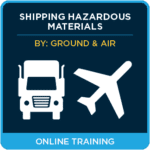 Shipping Hazardous Materials by Ground (US) and Air, Online Training |
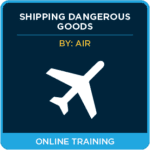 Shipping Dangerous Goods by Air using IATA Regulations, Online Training |
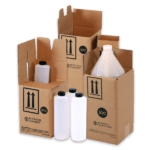 Plastic Shipping Kits |
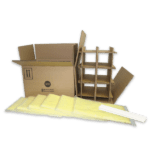 4GV Dust-Free Securepacc™ Kits |

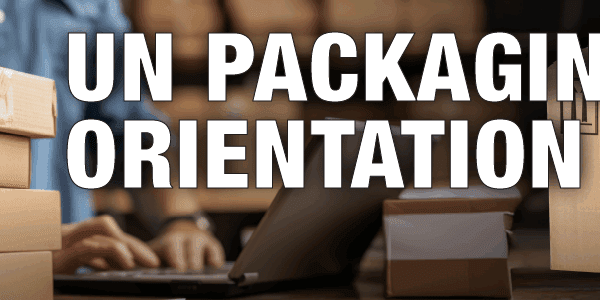
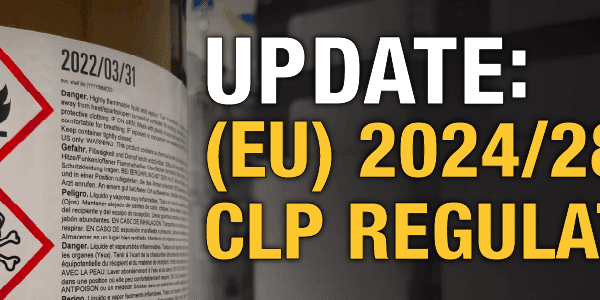
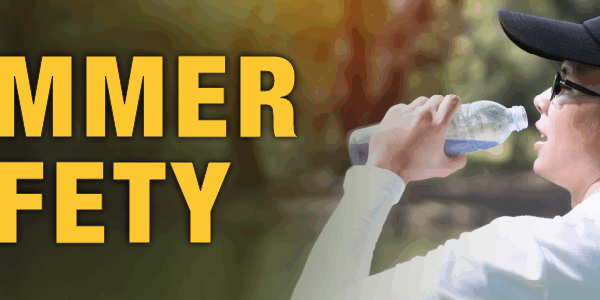


 ICC USA
ICC USA ICC Canada
ICC Canada